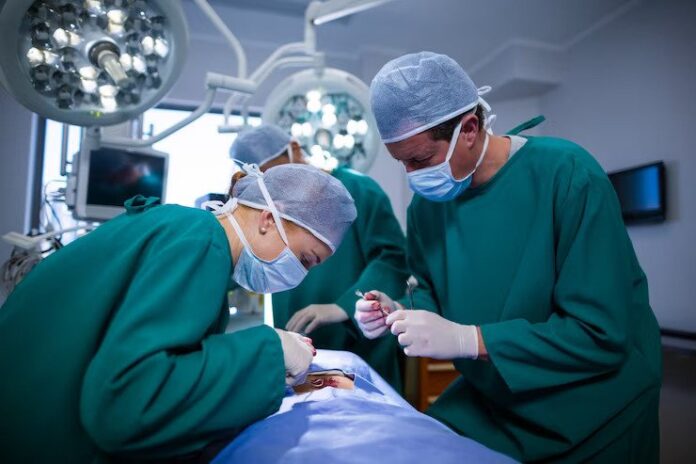In the complex world of heart treatments, bypass surgery is a powerful tool that can save the lives of people with severe coronary artery disease. This life-saving surgery is crucial because it improves blood flow to the heart, eases painful symptoms like chest pain, and saves lives in many cases. Understanding bypass surgery, from how it works to how long it takes to recover and what changes you need to make in your life, is an important part of any patient’s journey.
Understanding Bypass Surgery
Bypass surgery, also called coronary artery bypass grafting (CABG) in medical terms, is a procedure in which a healthy artery or vein from another part of the body is used to “bypass” a blocked section of the coronary artery. This diversion allows the oxygen-rich blood to flow freely around the blockage and into the heart muscle, restoring its ability to work and giving it more energy.
People with severe coronary heart disease, in which one or more coronary arteries become partially or completely blocked due to the buildup of fatty material called plaque, are advised bypass surgery. This surgery can save the lives of people who have chest pain or heart attacks, or who have been told they have coronary artery disease, which is very dangerous.
How does CABG work?
During bypass surgery, the heart is accessed through a central cut on the chest made by the surgeon. During surgery, the heart’s blood flow is temporarily diverted to a heart-lung machine. During the operation, the heart’s job is done by this machine, which oxygenates the blood and pumps it back into the body.
During the procedure, the surgeon takes a healthy blood vessel, usually from the chest, leg, or arm, and attaches it above and below the blocked section, making a new way for blood to flow. How many grafts are needed depends on the severity of the blockage and the patient’s health.
Once the grafts are securely in place, blood flow is restored to the heart, which is then restarted with mild electrical shocks. After that, the cut on the chest is stitched, and the patient is moved to intensive care, where they are monitored during the early stages of recovery.
Recuperation, Aftercare, and Possible Problems
Recovery from bypass surgery can take a long time. Most people spend a few days in the hospital and then weeks or months at home getting rehabilitative care. Patients are usually expected to take part in a cardiac rehabilitation program, which includes supervised exercises, nutritional counselling, and emotional health support.
Even though bypass surgery has a high success rate, it has risks and complications like any other major surgery. It can be anything from a small wound infection to a heart rhythm problem, kidney failure, a stroke, or even death. But at reputable healthcare facilities, these risks are greatly reduced by thorough pre-operative evaluations and cutting-edge surgical techniques.
Lifestyle changes can lead to a healthier heart.
After the immediate recovery period, people who have bypass surgery need to make long-term changes to their lives to ensure the surgery works and prevent future heart problems. These include eating a heart-healthy diet full of fruits, vegetables, lean proteins, and whole grains; exercising regularly to strengthen the heart muscle and improve overall cardiovascular health; quitting smoking, which greatly increases the risk of heart disease; drinking less alcohol to prevent high blood pressure; and dealing with stress in healthy ways, such as through mindfulness, meditation, and yoga.
In summary, bypass surgery gives numerous people with severe coronary artery disease a glimmer of hope. It’s a great example of how far modern medicine has come when top facilities lead these complicated procedures with accuracy and a focus on the patient. But it’s important to remember that bypass surgery isn’t a magic fix. Instead, it’s the first step toward making healthier choices for the rest of your life. To ensure the heart keeps working well after bypass surgery, this journey needs a strong team effort from both the patient and the medical team. Patients can look forward to a heart-healthy future if they are willing to work hard and get the right care.
Also Read: How to choose an Expert General Surgeon for your Laparoscopic procedure?








